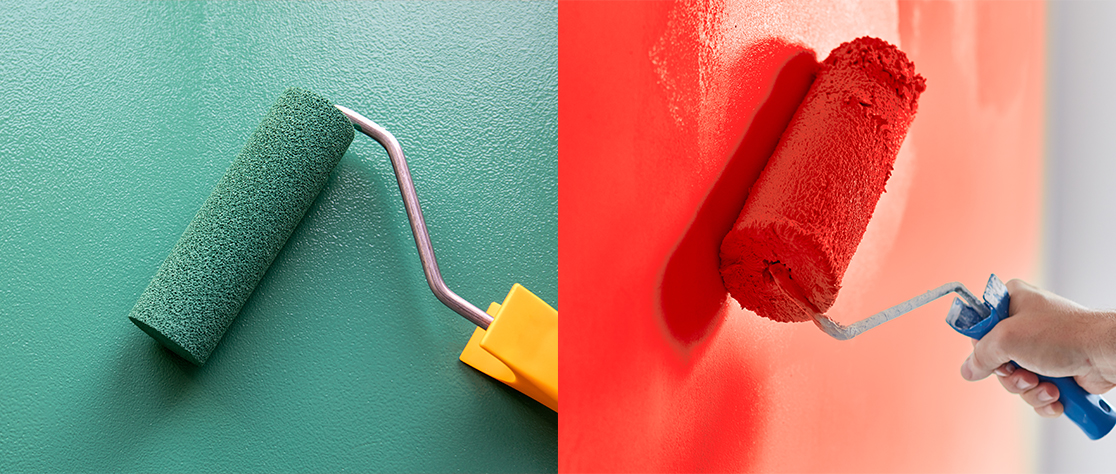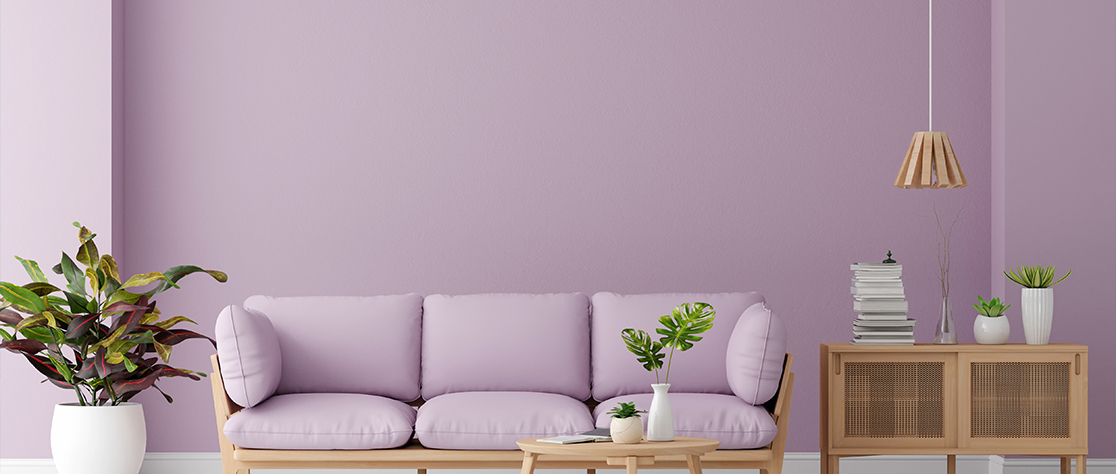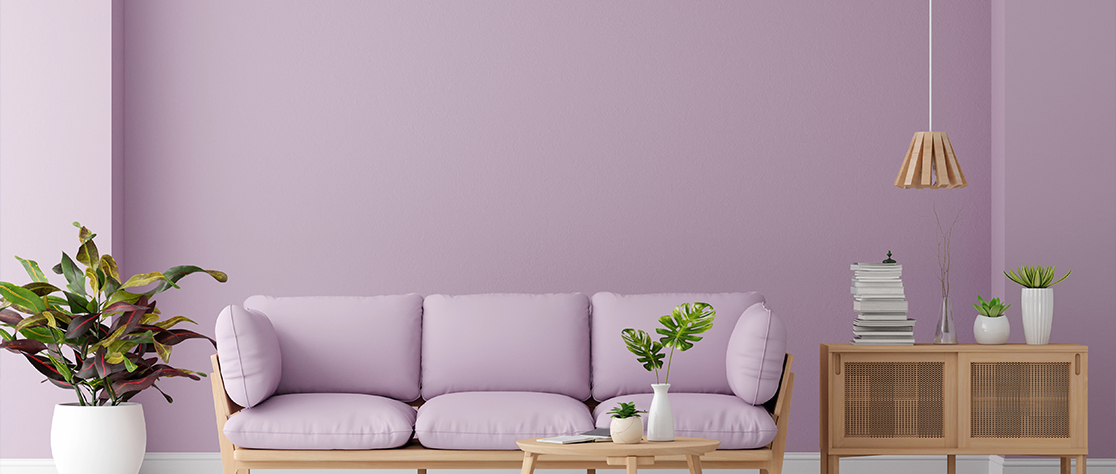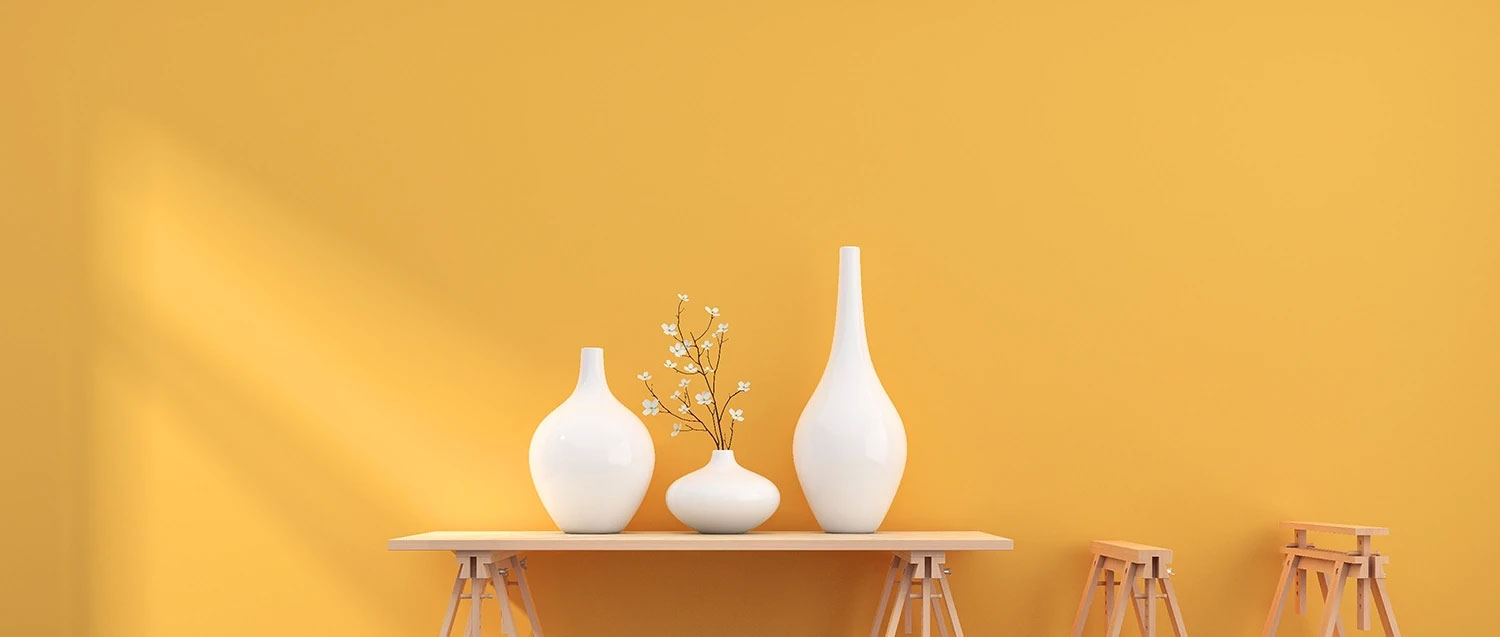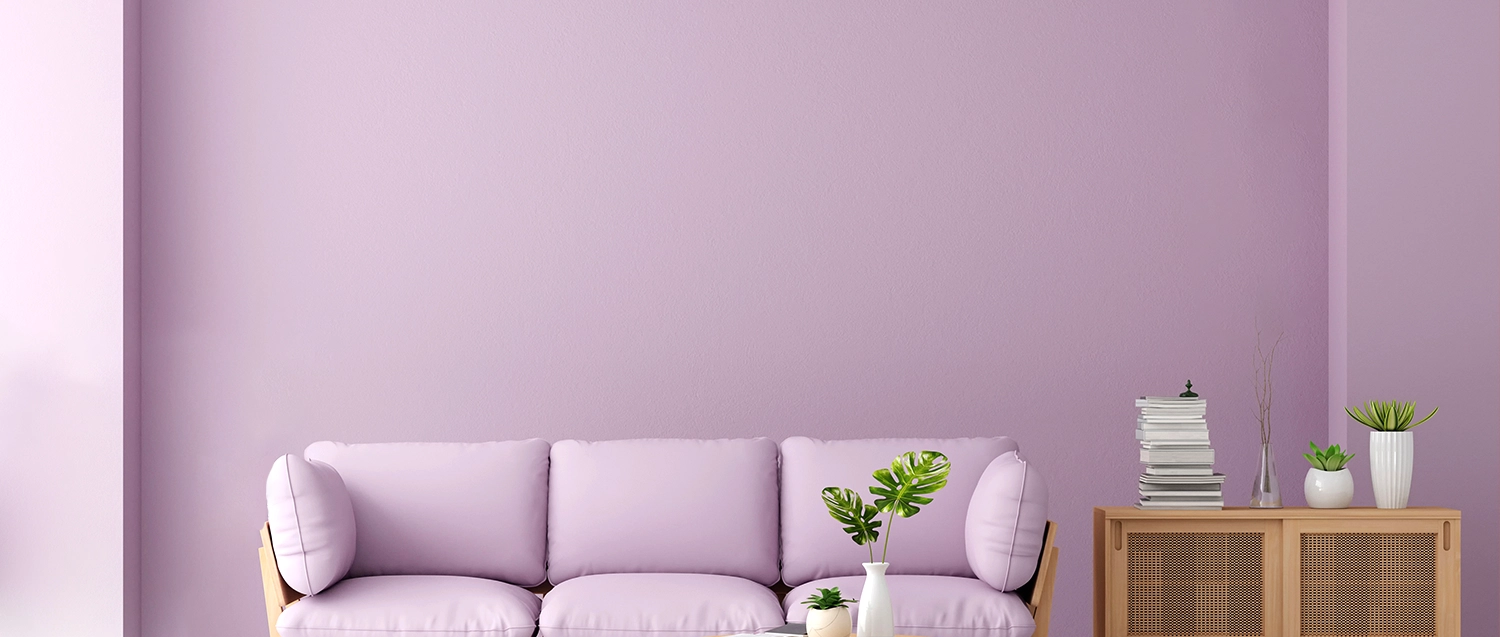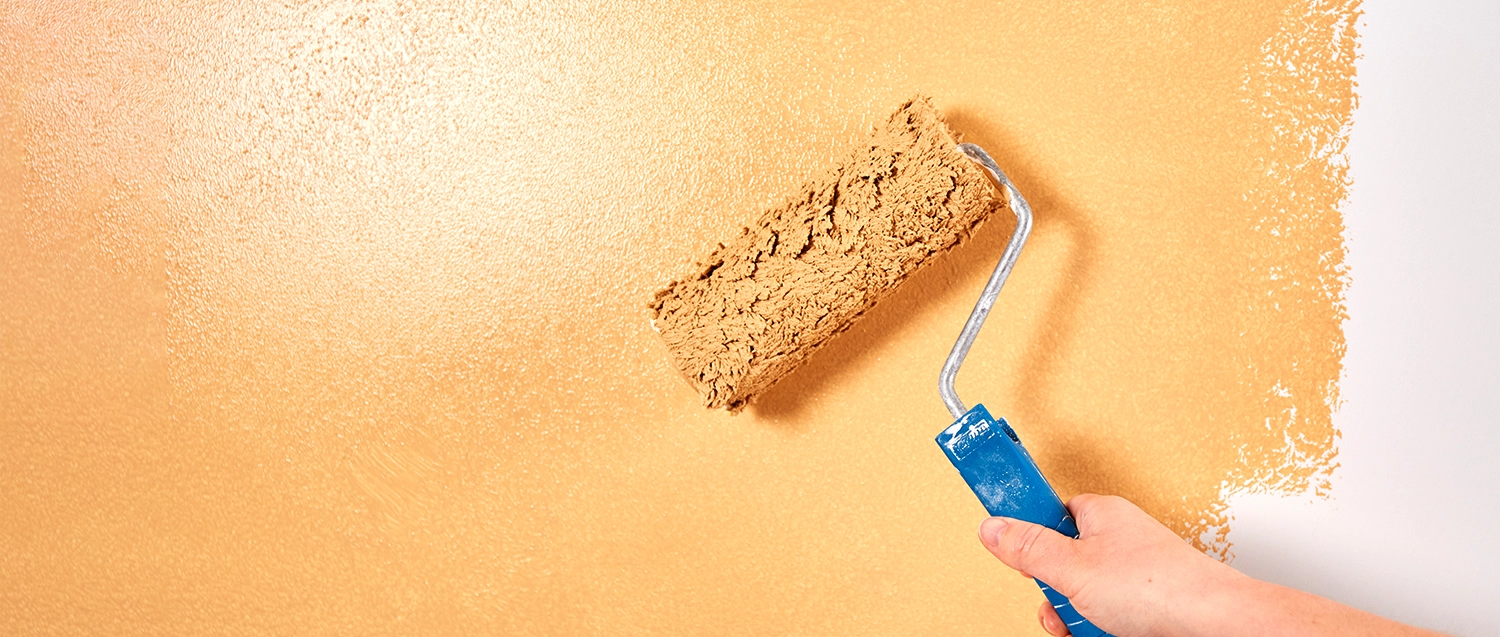Paint Your Mood: How Your Home’s Colour Palette Can Influence Your Emotions
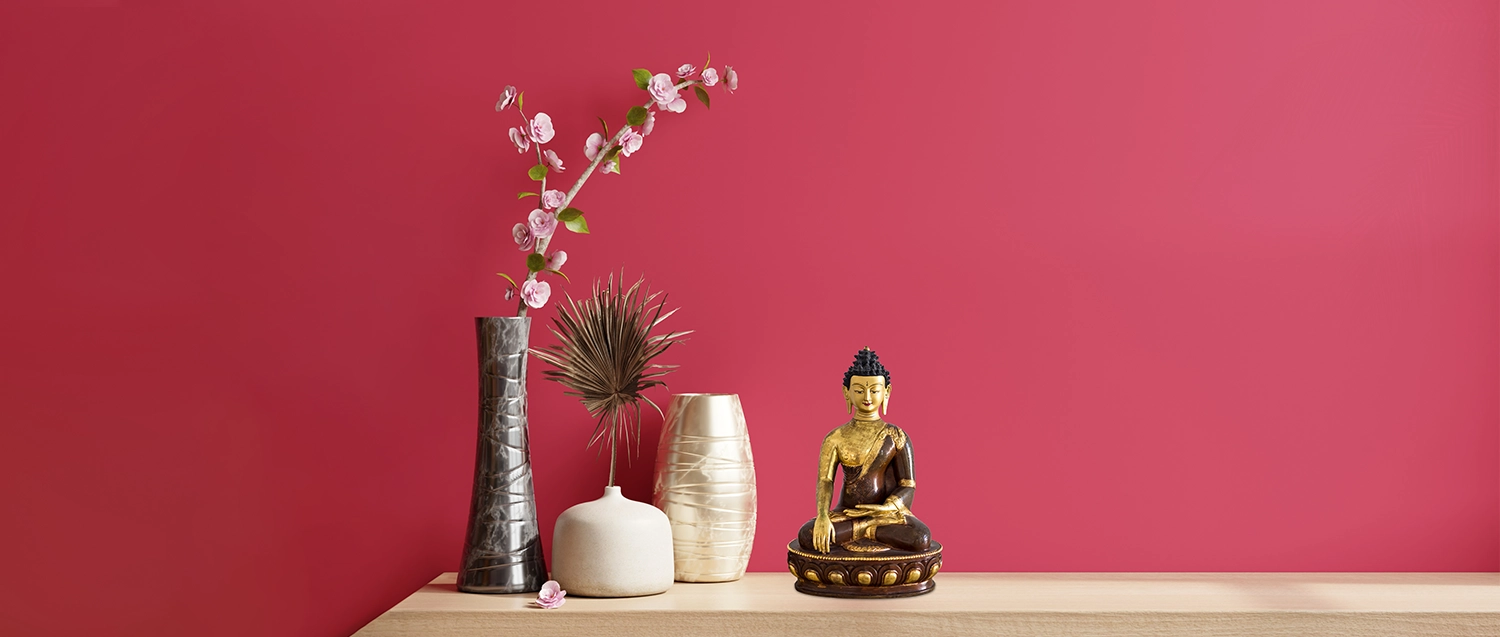
The pretty hues we surround ourselves with can have a powerful impact on our mood, emotions and overall wellbeing. Who knew that doing a room makeover required knowledge of science and colour psychology? So, we decided to conduct a research and assist you in selecting your new wall paint for your home.
Changing the colour of a room can drastically alter its atmosphere. If you are looking at revamp your room and re-paint, make sure you know the measures and tips to get the best results. To get a flawless finish for your wall, use wall putty before painting your walls. Wall putty aids in giving your walls better defence against stains, mould, and cracks. JKCement provides a diverse range of wall putty for a variety of applications. To know more read this – (link of the blog on wall putty). Before settling on a colour scheme, consider the function of each room as well as the emotion you want to convey.
Choosing the right colour for each room can be a tricky task, as it depends on the purpose of the space and the mood you want to create. Let’s start by talking about the various hues and how they can impact your mood:
Red: Red is a bold and powerful colour that evokes feelings of passion, energy and excitement. It’s a great choice for rooms where you want to create a sense of drama, such as the dining room or living room. However, be careful not to overuse this colour as it can also cause feelings of aggression or anger if used excessively. The kitchen is often a busy and energetic space, where people gather to cook and socialise. Bright and cheery colours like red can create a lively and energetic atmosphere.
Yellow: Yellow is a bright and cheerful colour that is known to evoke feelings of happiness and positivity. It’s a great choice for kitchens, dining rooms and bathrooms where you want to create a sunny and inviting atmosphere. However, too much yellow can be overwhelming and cause feelings of anxiety or stress.
Green: Green is a calming and balancing colour that is associated with nature, growth and harmony. It’s a great choice for bedrooms, bathrooms and living rooms where you want to create a relaxing and peaceful environment. Green can also help reduce stress and anxiety, making it a great choice for home offices.
Blue: The colour blue has long been known to evoke feelings of tranquility and trust. With its calming properties, it’s no wonder that blue is a popular choice for creating a peaceful ambience in places like bedrooms, bathrooms, and living rooms. Speaking of living rooms, they’re often the heart of any home, where people gather to unwind and connect with loved ones. Just be careful not to overdo it with the blue, as too much of it can actually induce feelings of sadness or melancholy. Strike a harmonious balance by mixing in other shades and you’ll have a space that’s both comfortable and energising.
Neutral colours: These shades are a fantastic choice when it comes to designing any room. These versatile hues, including shades like beige, grey, and white, can add a calming and timeless touch to your space. Their subtle tones create a serene and tranquil environment, perfect for unwinding after a long day. However, too much neutrality can create a monotonous and uninspired atmosphere, which is why it’s important to sprinkle in pops of colour to spice things up. With a thoughtful combination of neutral hues and playful accents, you can transform any room into a stylish and captivating oasis.
So, deciding whether you want your room to energise or relax you is a simple way to eliminate half of your options! Each paint colour in the warm and cool categories affects your mood in its own unique way. Ultimately, the colour you choose for each room should be based on your personal preferences and the mood you want to create. Remember to also consider factors such as lighting, furniture, and decor when choosing a colour scheme for your home.
So, the next time you’re stuck deciding on a paint colour for your room, start with the mood you want. Then you’ll have narrowed the field to only a couple of colours and will be able to go from there more easily.
